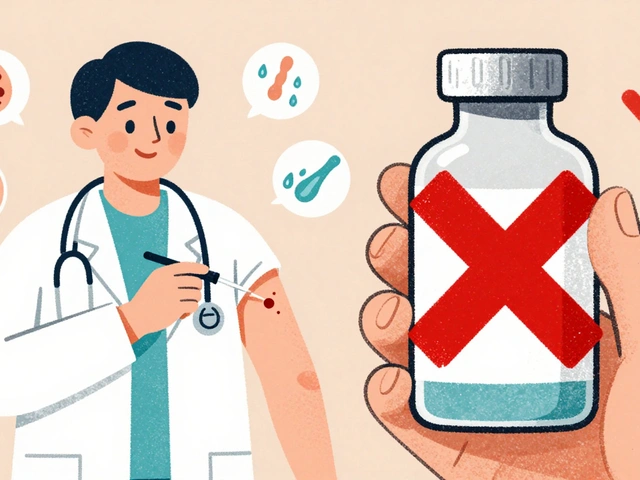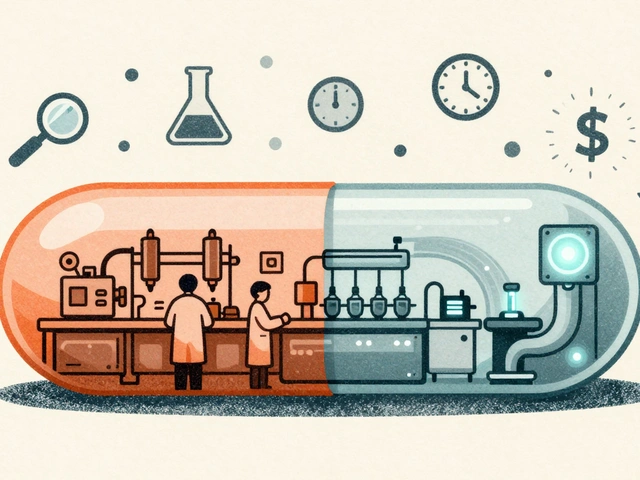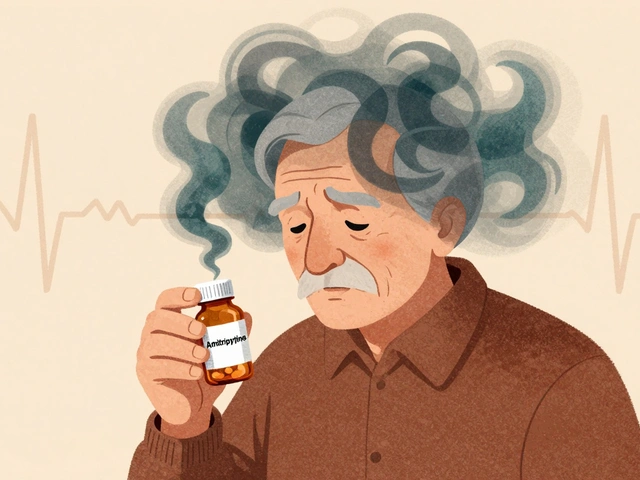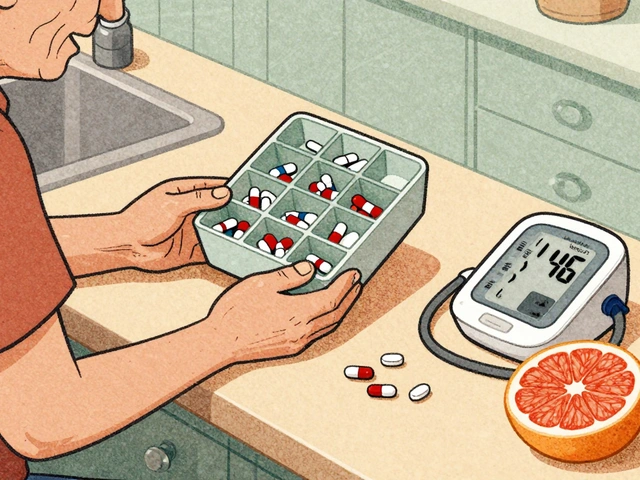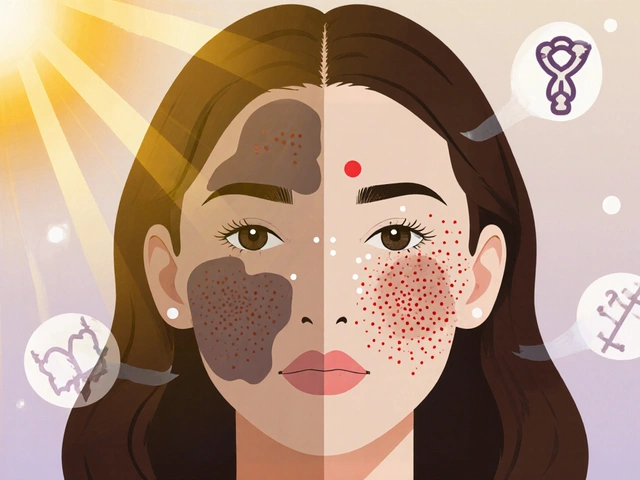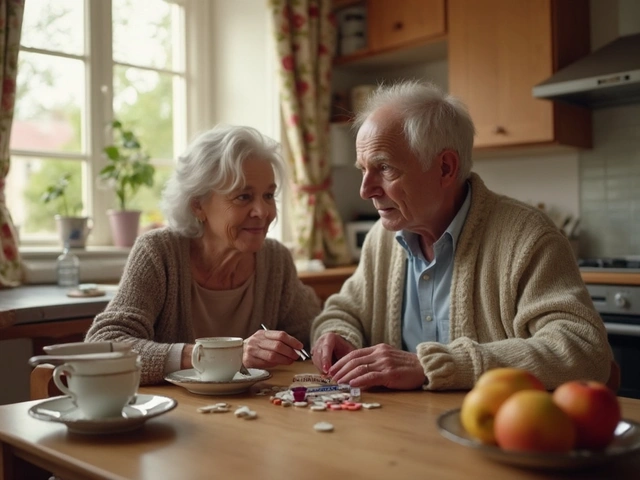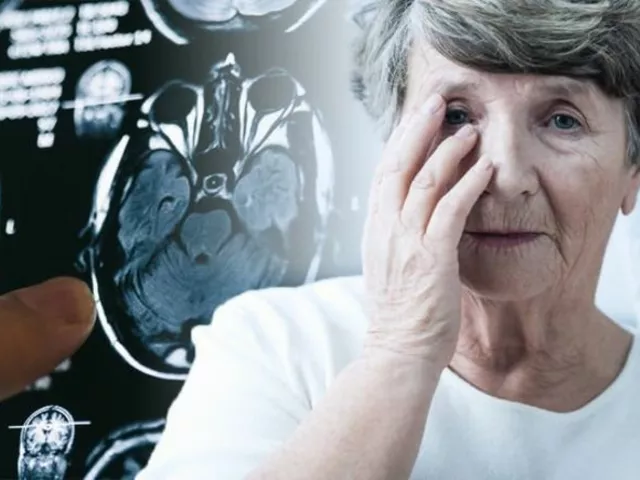Capsaicin Cream: What It Does, Who It Helps, and What Alternatives Work
When you rub capsaicin cream, a topical treatment derived from chili peppers that reduces pain signals in nerves. Also known as capsaicin ointment, it’s one of the few pain relievers that actually changes how your nerves send pain signals instead of just masking the feeling. Unlike pills that flood your whole body, capsaicin cream works right where you apply it—perfect for sore joints, muscle aches, or burning nerve pain from conditions like shingles or diabetic neuropathy.
It’s not magic, though. The first few uses might sting or burn—that’s the active ingredient, capsaicin, triggering your nerve endings before they get tired and stop sending pain signals. Over time, your nerves stop overreacting. Studies show regular use for 2–4 weeks cuts pain by 30–50% for many people with osteoarthritis or peripheral neuropathy. It’s not for everyone: if you have sensitive skin, open wounds, or allergies to peppers, skip it. But for those who tolerate it, it’s a low-cost, non-addictive option that doesn’t interact with most prescription meds.
People often turn to capsaicin cream after trying regular painkillers like ibuprofen or acetaminophen and finding them ineffective or hard on the stomach. It pairs well with other treatments—like physical therapy for arthritis or nerve-stabilizing drugs for diabetic pain. Other topical options include lidocaine patches, menthol rubs, or diclofenac gel, but capsaicin is unique because it targets the root of nerve pain, not just inflammation. You won’t find it in every pharmacy, but it’s widely available online and in health stores under brands like Zostrix, Capzasin, and generic store labels.
What you’ll find in the posts below are real comparisons and practical guides on how capsaicin cream stacks up against other pain treatments, how to use it safely, and what to do if it doesn’t work. You’ll also see how it fits into broader strategies for managing chronic pain without relying on opioids or heavy NSAIDs. No fluff. No marketing. Just clear, tested info from people who’ve tried it—and lived to tell the story.

